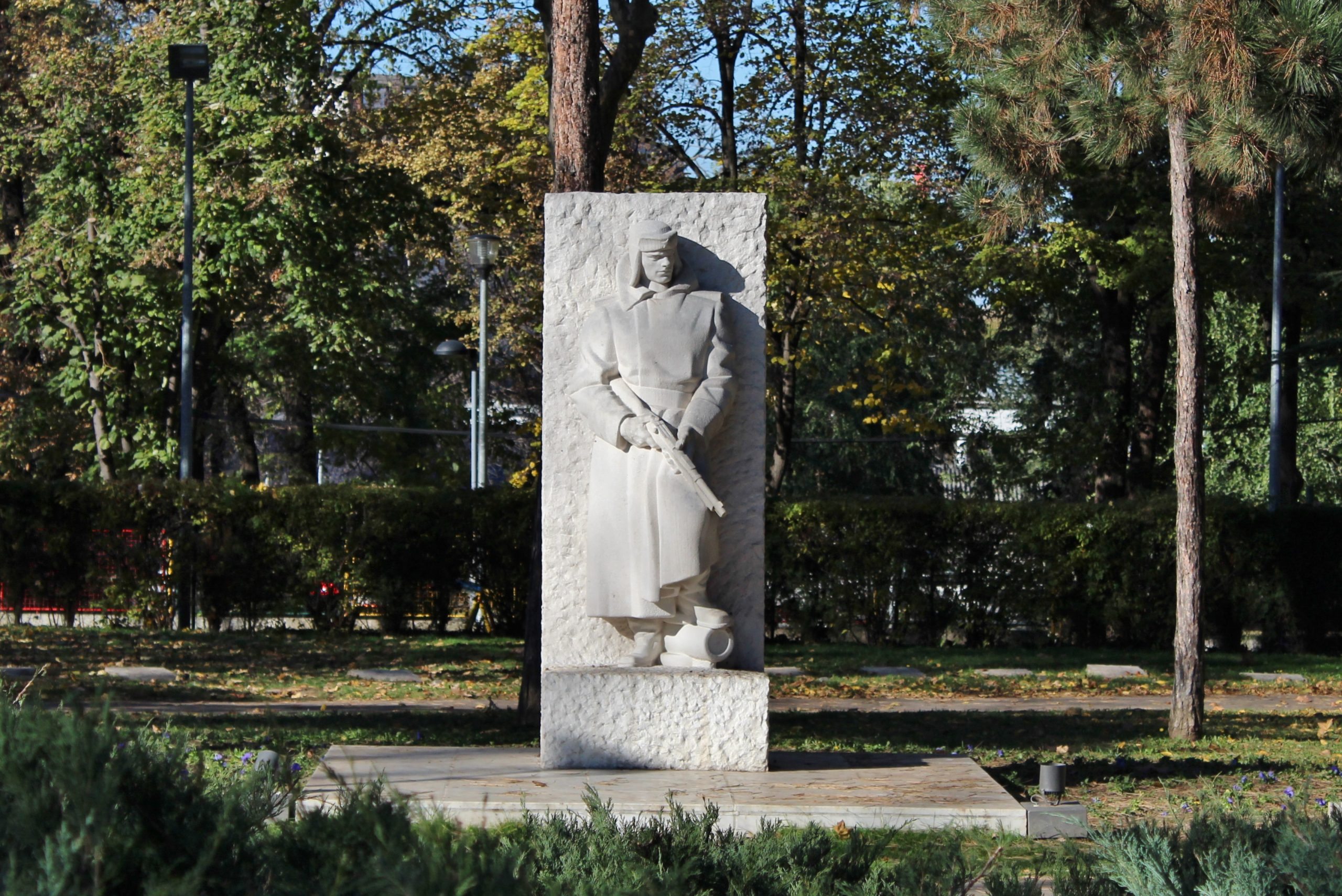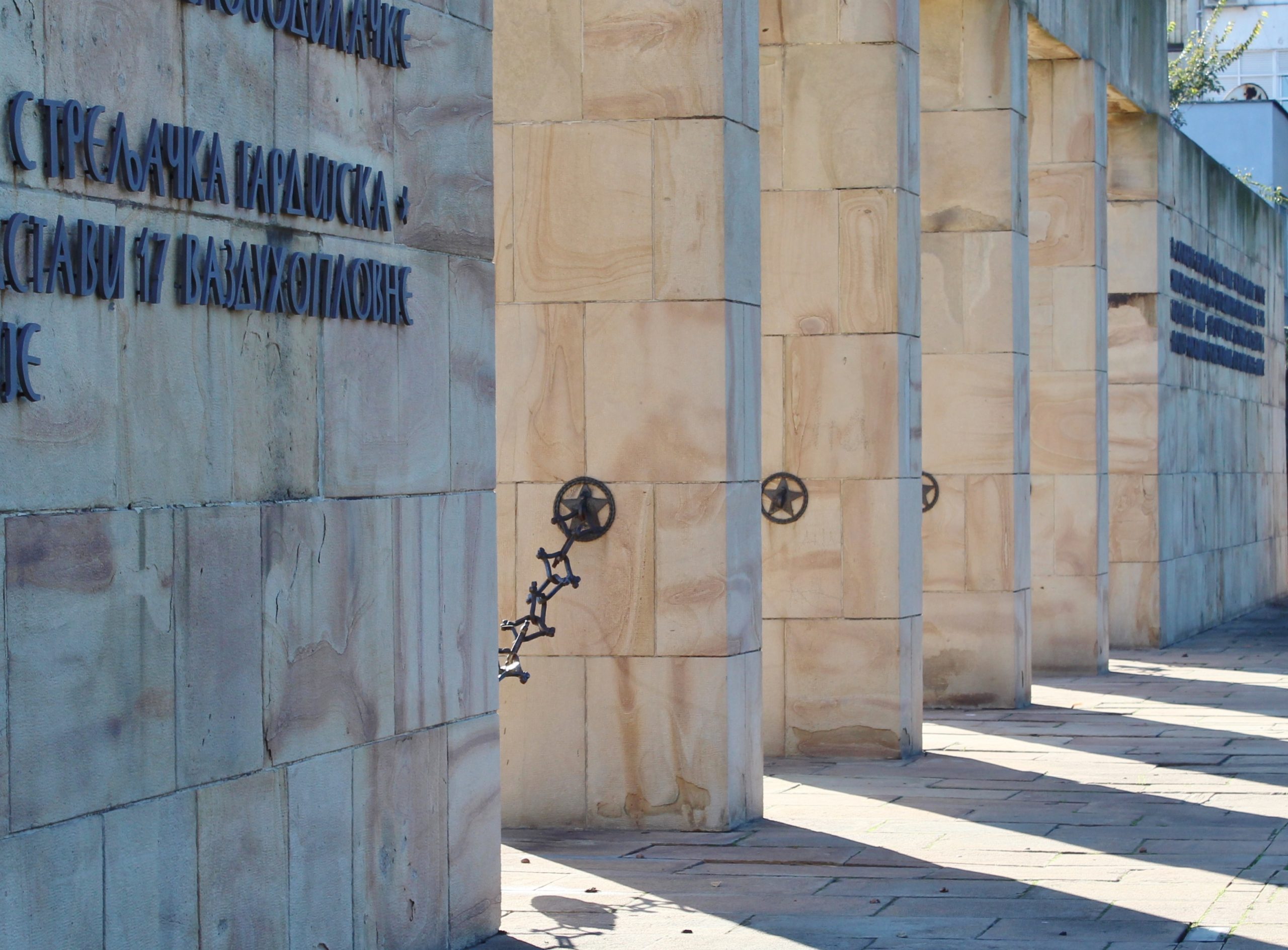WHERE IS IT
The liberators of Belgrade memorial park is located in Roosevelt Street, opposite the New Cemetery. A wall separates it from the Jewish Cemetery which is located right next to it.



THE HISTORY
The idea of erecting monuments to soldiers killed during the liberation of Belgrade and honoring Soviet soldiers who lost their lives fighting on the city streets (approx. 1000 Soviet soldiers were killed) came up as early as 1944.That same year, the process of building monuments to Red Army soldiers (from November 15th to November 30th, 52 monuments were built) began at the Republic Square in the city centre, but also on other locations across the city. The construction of a large memorial complex was organised in 1945, but the project never came to be. Following changing historical circumstances, it was decided that a memorial park to the liberators be built in Belgrade, where Yugoslav and Soviet soldiers would be buried. The location was approved in summer of 1953 and construction began shortly. In the following year, the monument at Republic square was removed.
The complex was intended to be a resting place for Yugoslav fighters, as well as deceased Red Army soldiers whose graves were scattered across the city. Certain Soviet soldiers who were killed fighting in Budapest expressed their desire for their remains to be buried in Belgrade, so aside from those killed in Belgrade, other soldiers have been buried here as well.
EXTERIOR
The architectural solution was rather ismple - the cemetery was conceived as a park with individual and joint graves (wherein the remains of about 2000 soldiers were located). The graves of Soviet and Yugoslav soldiers are separated, so the Yugoslav graves are located in the first part of the park, whereas the second part contains Soviet graves. The park was constructed in accordance with architect Branko Bon and engineer Aleksandar Krstic's project. Other artists were also engaged in the realisation of this project. Sculptor Radeta Stankovic created the relief at the gates, as well as the statue of a Partisan fighter, which was placed at the plateau only in 1988.
1395 Yugoslav and 808 Soviet soldiers are buried in the cemetery.


CULTURAL HERITAGE
The memorial park was declared a cultural heritage monument in 1987. Nowadays, this area serves not only as a memorial center, but also as a park which residents gladly visit to take a break and relax.

Written by Mina Novaković
Translated by Filip Šuica



